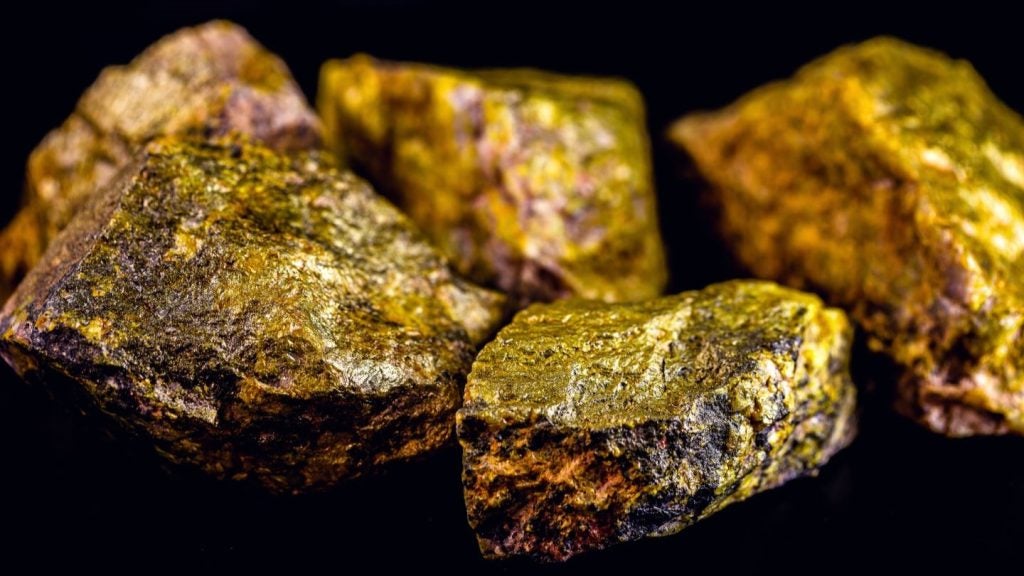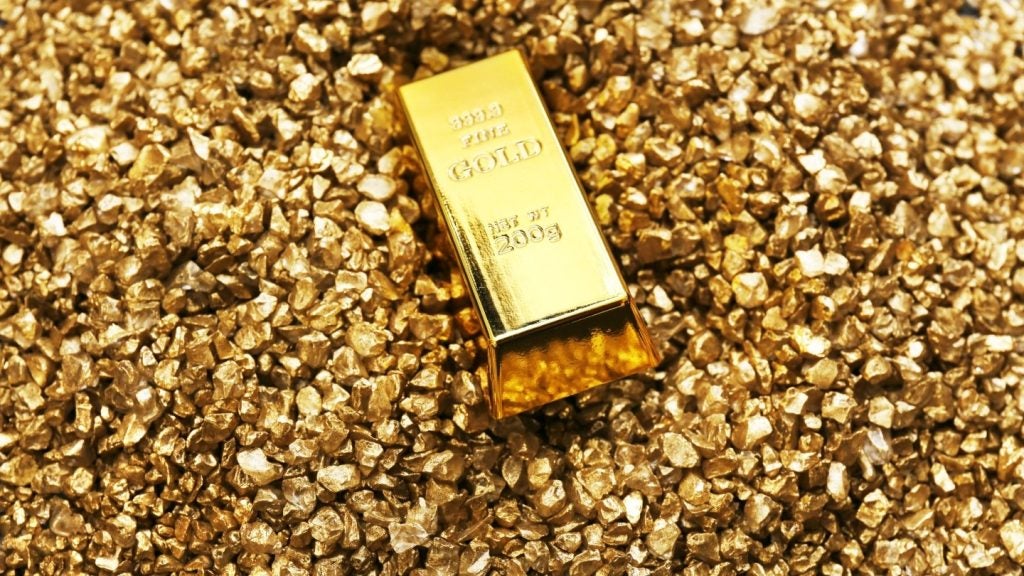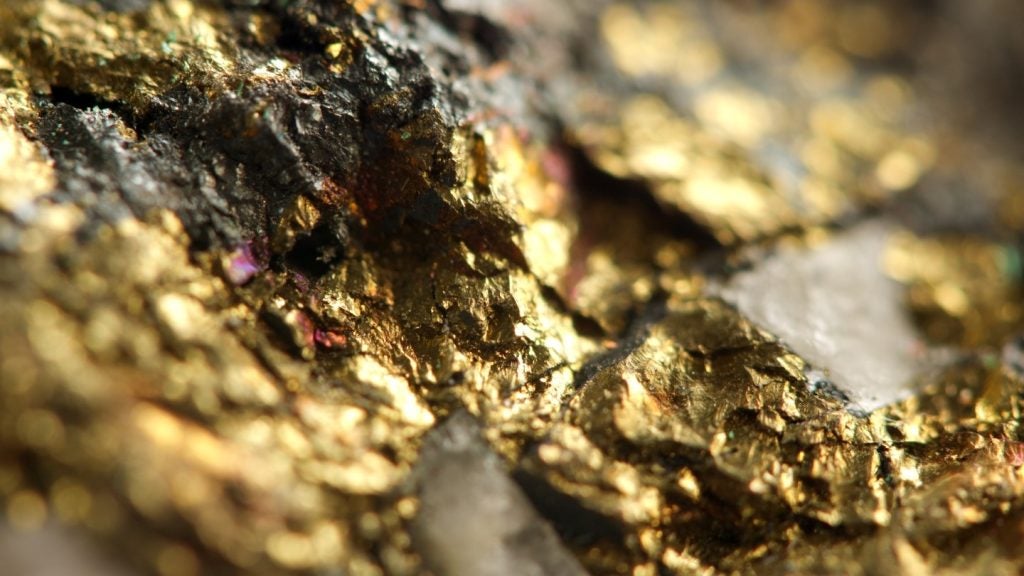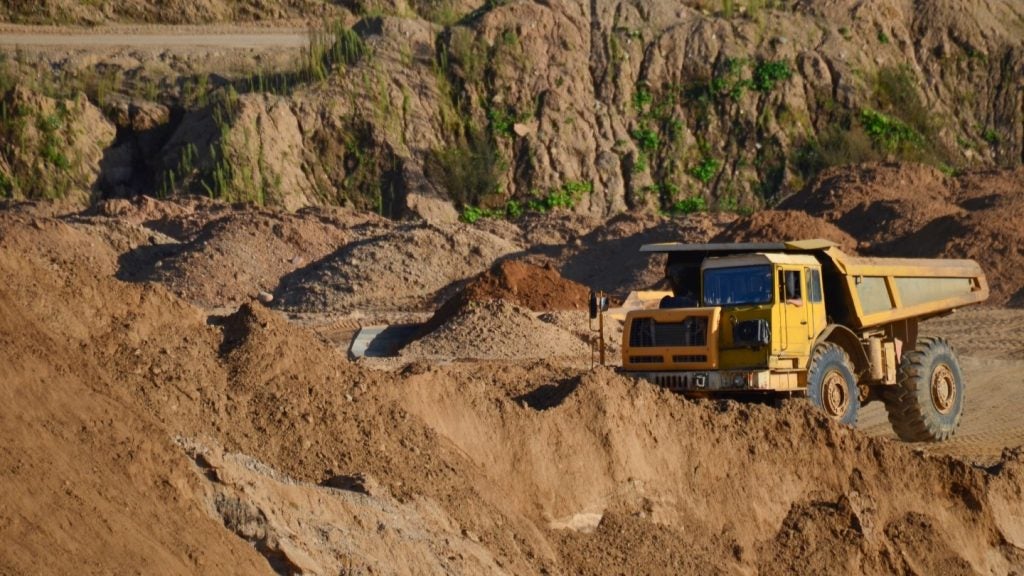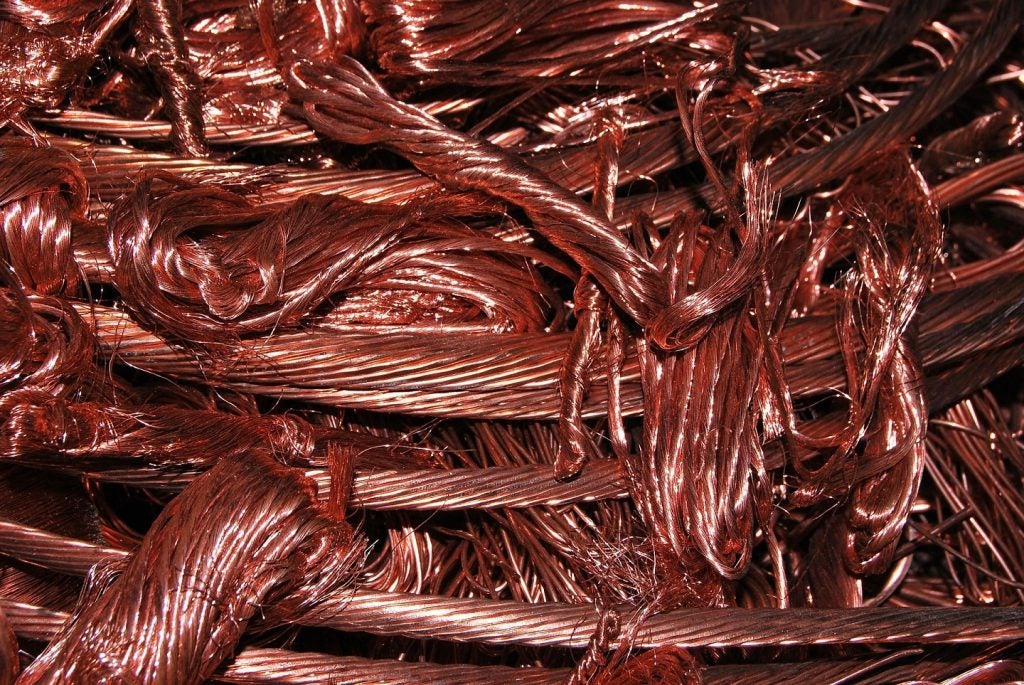Uranium prices have increased by more than $80 per pound for the first time in more than 15 years due to a nuclear power renaissance and supply disruptions.
The uranium futures tracking the form known as yellowcake hit $80.25 on Monday, according to Bloomberg.
“Demand (for uranium) has increased as nuclear energy becomes a more popular option in the context of ‘net zero’ – especially in China and other emerging markets. At the same time a decent share of supply sits in geopolitically sensitive areas. With speculative players jumping on this theme, prices have received an additional boost,” said Konstantinos Venetis, commodities economist at GlobalData TS Lombard.
According to GlobalData, the parent company of Mining Technology, Niger will produce 4.09% of global uranium supplies in 2023. Despite production increasing from 2,193.02 tonnes (t) in 2022 to a predicted 2,220.51t in 2023, output in Niger could fall soon, given the geopolitical uncertainty stimulated by the recent coup, upsetting supplies bound for western Europe.
At the beginning of September, Cameco ran into operational challenges at its Cigar Lake mine, Key Lake mill and McArthur River, which will negatively impact its uranium production forecast. Total uranium concentrate U₃O₈ production is forecast to be 30.3 million pounds, down approximately 9% from the previous 33 million pounds.
Steven Schoffstall, director at Sprott, said: “There is a really strong case for uranium and the future growth of the price as well as the sector going forward. If you were to look back at uranium prices about five or six years ago, they were somewhere around $20 a pound.”
Schoffstall emphasised that higher prices could incentivise producers back into the market. In October, uranium producer Boss Energy started its Honeymoon mining project in South Australia.
Demand for nuclear power in Europe has increased in 2023, notably in France where plans to reduce nuclear’s share of electricity generation to 50% were abandoned. China has also established itself on the nuclear scene; the National Energy Administration, China’s energy regulator, is expected to set the country’s nuclear capacity target at 120–150GW by 2030, up from 38GW in 2017.


